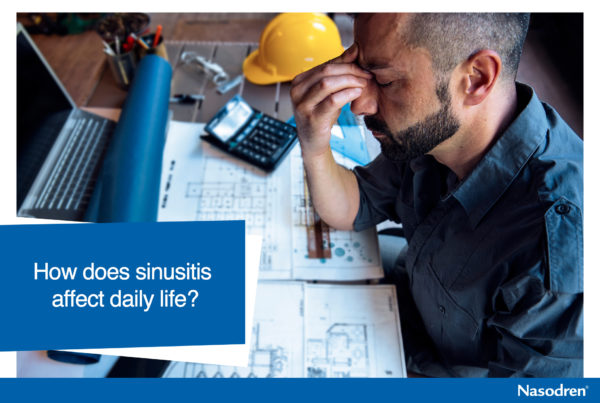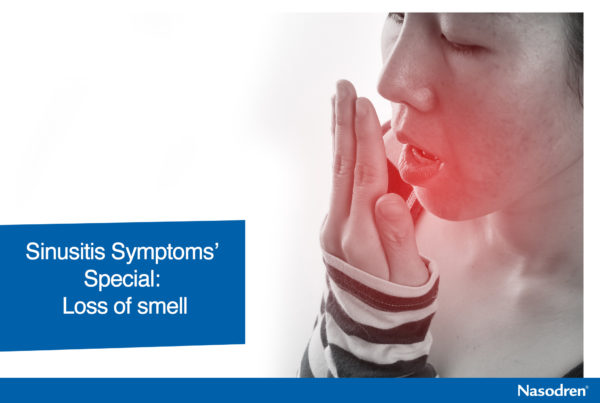You wake up one day and you feel it. Still rubbing your eyes, you already know that there is something wrong with you. Yes, you’ve got a headache that threatens to ruin your entire day unless you do something about it. Suddenly, you find yourself turning your head from side to side and up and down, as somehow trying to detect where the pain comes from. The bad news is that this won’t help you at all.
Could it be a tension headache? A migraine? Or is a cluster headache what’s making you feel off instead? These are hands down tough questions since headaches can be caused by multiple factors, among which, by the way, we can include a sinus infection.
Indeed, when you suffer from an inflammation of the sinuses, the build-up of thick secretions in such air-filled cavities and the blockage of sinus drainage can trigger facial pressure and what’s known as sinus headache. It doesn’t account for a high percentage of the common headaches you can have throughout your life, but surely it can cause you great distress.
How can you know if you are dealing with a sinus headache? Considering that you can’t take anything for granted without being properly checked by a physician, here are some tips to recognize this kind of headache:
1- Your medical records
Have you been sick recently? The answer will help your doctor with the diagnosis. For example, let’s imagine that you had a cold a few days ago or have been struggling with allergic rhinitis. Both conditions can prompt a sinus infection, so such details need to be taken into account.
The same applies to information that can help the doctor consider other possibilities; for instance, if you have recurrent headaches that come along with sensitivity to light and sound, make you feel nauseated and cause a throbbing pain, you are likely to be suffering from migraines.
2- Pay attention to other symptoms
When having a sinus headache, it’s common to show other sinusitis-related symptoms, including a stuffy/runny nose and watery eyes, so watch out for them! Also, a good way to find out whether your inflamed sinuses are responsible for your headache is by checking your forehead, cheekbones and the nasal bridge. If you have pain in these areas, your odds of having a sinus headache could be fairly high.
3- Bow your head
Another feature of this kind of headache is that it gets worse when you move, especially when lowering your head. This is due to the fact that, when bending the head forward, the thick secretions accumulated in your sinuses can exert extra pressure, thereby increasing both your facial pain and headache.
What can you do about it?
Finding the right treatment for a sinus headache can entail difficulties even for certified professionals with many years of experience. Bear in mind that a sinus inflammation can result from many different causes, such as viruses, bacteria or allergies that lead to mucus accumulation inside the sinuses, which in the end is what causes the symptoms.
Depending on what the original source of the problem is, different medical approaches may be required. For instance, if your sinusitis is triggered by bacteria (which happens in a very small percentage of the cases), antibiotics are the right option to keep the lid on your symptoms and reduce swelling and pain; when allergies are responsible for your sinus problems, then antihistamines are needed. But whatever the cause, though, what will really relieve your sinus headache is to drain the accumulated mucus.
Yet again, don’t hesitate to make an appointment with an ear, nose and throat (ENT) specialist for an accurate diagnosis and the best treatment possible.








